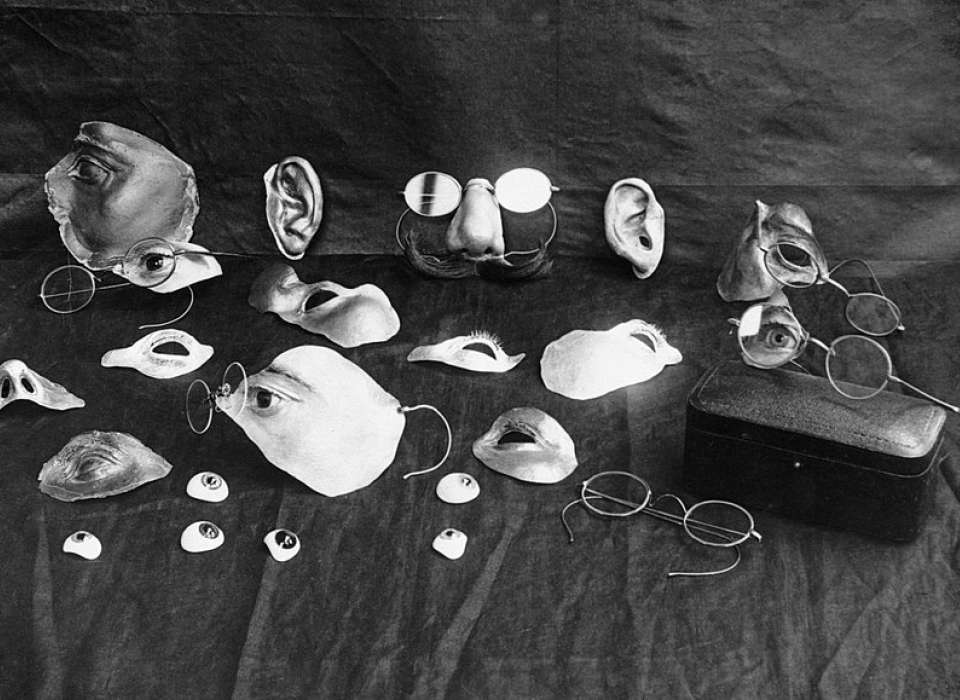Week 4: MedTech + Art
"The Intersection of Art, Medicine, and Technology." University of Rochester. https://rax.rochester.edu/s/1676/21/1col.aspx?sid=1676&gid=2&pgid=10671&cid=16442&ecid=16442&ciid=45696&crid=0. Accessed 26 April 2024.
At first glance, one might not think about the ways in which Medicine, Technology, or Art all fit under the
same category. As I understood the role of MedTech and Art, I began to realize just how embedded MedTech actually is into Art. One of the more prominent examples that I thought about was during professor Victoria Vesna’s lecture three video, in which she describes how plastic surgery is the result of “war” and the misconception that it is a recent advancement, but has actually been practiced for over four thousand years.
IMDb.com. RoboCop. IMDb. 1987. https://www.imdb.com/title/tt0093870/. Accessed 26 April 2024
“Innovations of Plastic Surgery in World War II: The National WWII Museum: New Orleans.” The National WWII Museum | New Orleans, 13 Jan. 2023, www.nationalww2museum.org/war/articles/innovations-plastic-surgery-world-war-ii. Accessed 26 April 2024
I think that is where art plays a part in MedTech. It requires detailed constructions, and an artist’s touch to be able to achieve technological advancements in plastic surgery, or surgical reconstructions with technology. The artist that I think captures the concept of the “mirror” perfectly is Virgil Wong. His art piece, “Medical Mirror” showcases a person, flesh and bone, looking at a skeletal view of themselves. Similarly, Silvia Casini explains how mirrors, such as those in MRI’s, are often used as metaphors to express the relationship between humans and the world. It is only by using art, that MedTech can have advancements in concepts like plastic surgery. Whether it is giving people meaning back in their lives through prosthetics, or bettering someone through technological advancements like RoboCop.
Works Cited
Casini, Silvia. “Magnetic Resonance Imaging (MRI) as Mirror and Portrait: MRI Configurations between
Science and the Arts.” The Johns Hopkins University Press and the Society for Literature and Science. 2012. Accessed 26 April 2024.
“Art.” Virgil Wong, 8 Sept. 2020, www.virgilwong.com/art/.
“Clinical Art Technology.” Medical Art Prosthetics, 27 Feb. 2024,
www.medicalartprosthetics.com/clinic/technology/. Accessed 26 April 2024.
“Innovations of Plastic Surgery in World War II: The National WWII Museum: New Orleans.” The
National WWII Museum | New Orleans, 13 Jan. 2023, www.nationalww2museum.org/war/articles/innovations-plastic-surgery-world-war-ii. Accessed 26 April 2024.
Vesna, Victoria. “Human Body & Medical Technologies Part 3.” Lecture 3. Accessed 26 April 2024.



Comments
Post a Comment